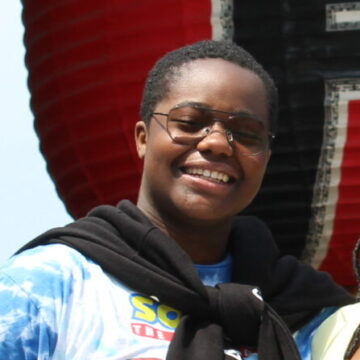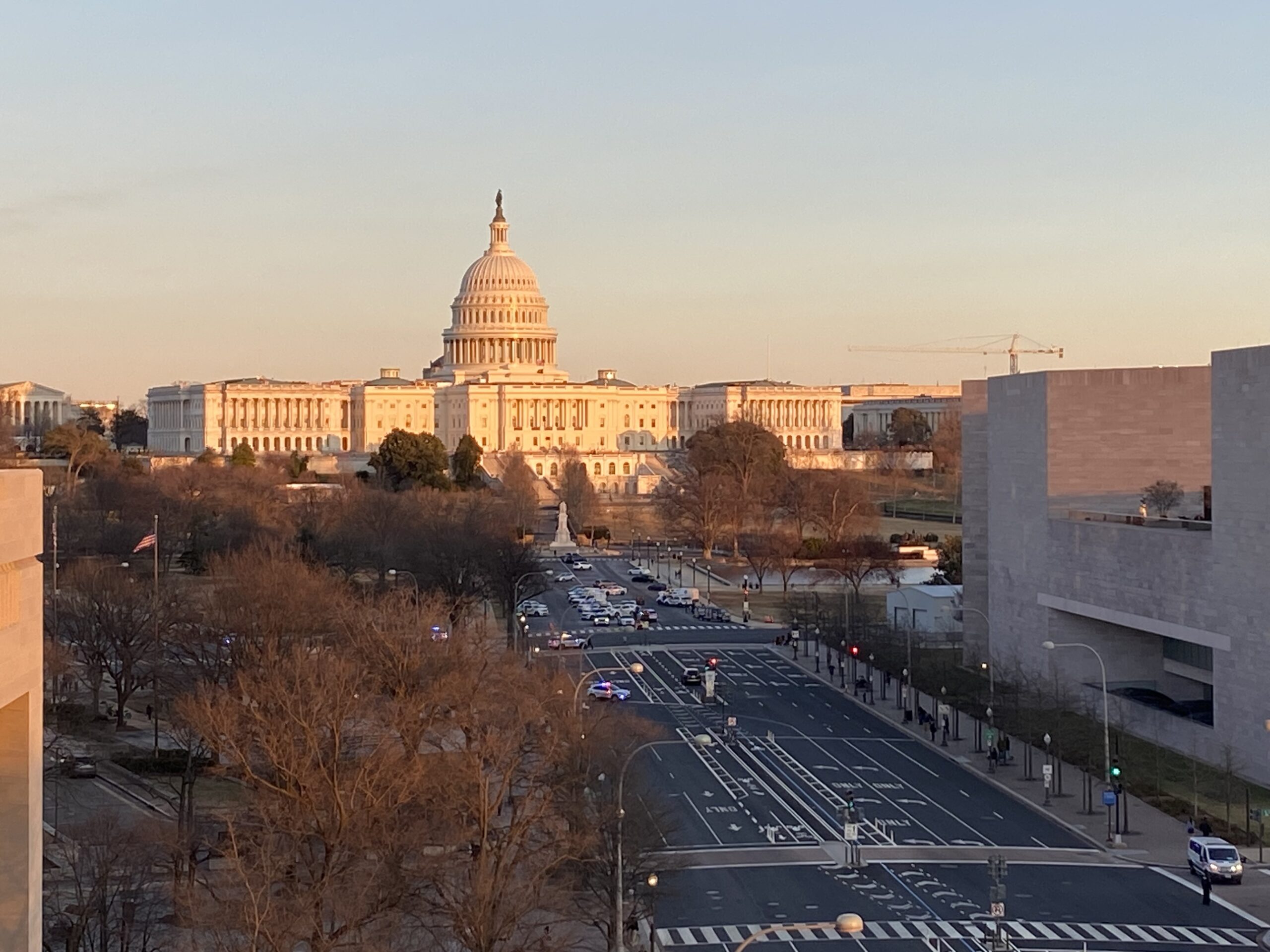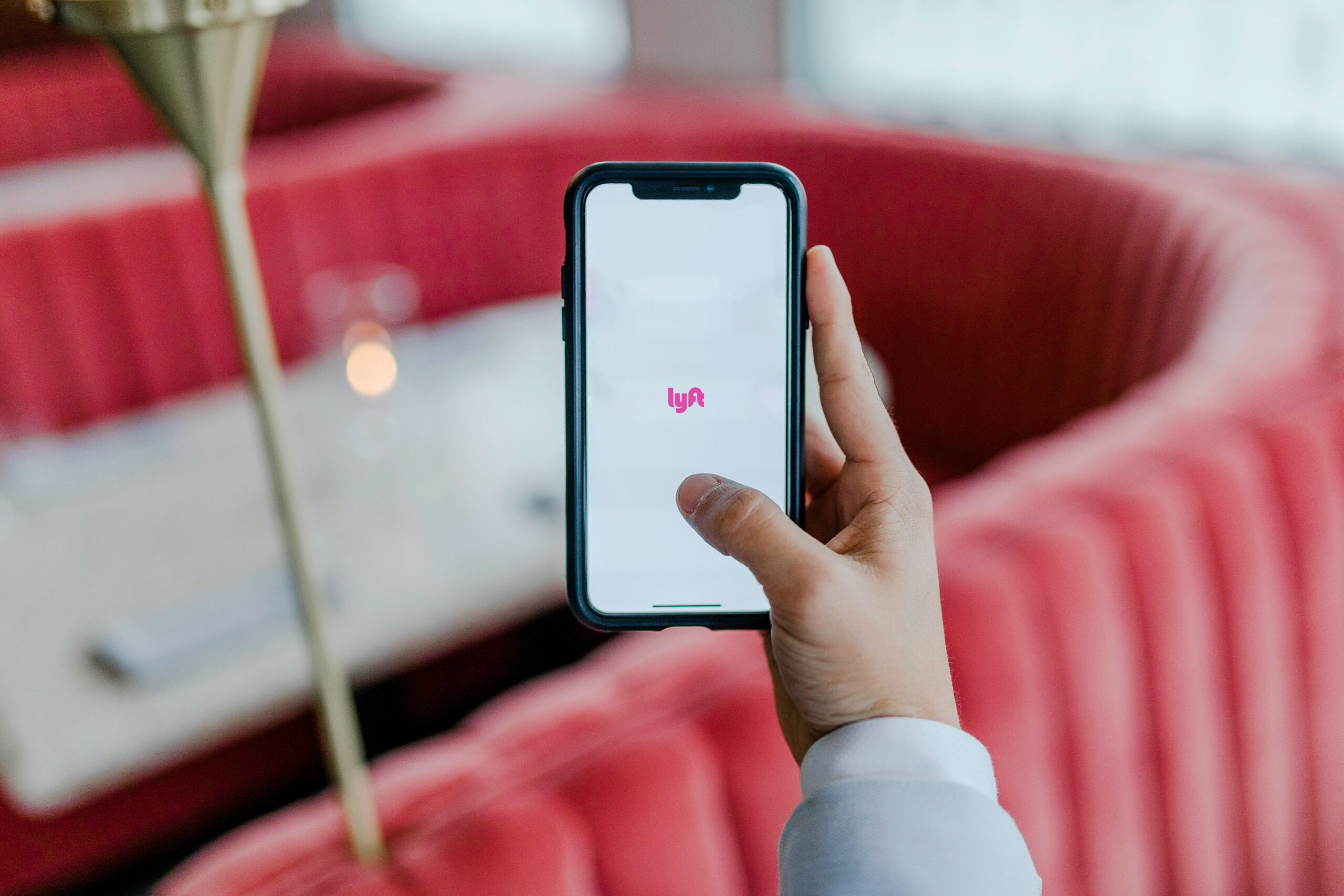
For a math1 and economics major—gotta represent that double major. major, I’ve had to read a lot of poetry. Be it the Hoosier education system or my Pinterest algorithm, I now find myself an avid reader of an assortment of poems and collections.2However, as a disclaimer, just because poems are now my preferred form of literature doesn’t mean I always understand what’s going on within the stanzas. Case in point, the following anecdote. In fact, one childhood memory that’s stuck with me is reading Robert Frost’s “The Road Not Taken” while tucked away under the covers during a middle school camping trip.3I don’t mean to sound pretentious; my mother had a limited-edition collection of Frost’s poems, and I mistook it for Diary of a Wimpy Kid: Cabin Fever since the covers looked so similar. More notably, I recall not understanding the poem—so what if he didn’t follow a map and could only take one road? Why was it such a big deal that he picked between left and right? Big whoop-de-doo, fifth grade me had bigger problems to deal with.
Whenever someone asks me what transferring to Hopkins from another university was like, I’m reminded of the feeling Frost conveys in that poem; I now understand the intentional nonconformity he describes, but I struggle to explain that sentiment to others when recounting my journey. There’s a form of camaraderie that comes with transferring, a sentiment shared by all transfers nationwide; it’s similar to the kinship between sorority sisters or the teamwork between serious athletes.4Trust me, I’ve been there and done both of those. It truly takes one to know one.
That being said, my path here was straightforward: After my first year of college, I applied to two schools and then had to decide if I wanted to transfer to one of them. Other transfers face considerable ambiguity regarding their future, but thankfully, my decision was easy. I chose Hopkins for two reasons: 1. I wanted to actively engage in more research projects and applications of my major(s), and 2. I wanted to attend a school that would push and prepare me for graduate studies. Known as America’s first research institution, and with nearly 40% of its students continuing to some form of higher education, Hopkins was the clear answer.
Fortunately, I’ve made good progress on these goals. While I was very active in the research scene before transferring, my skills and experiences have strengthened tenfold5As a math major, I wish I could provide some numbers and stats to back this up. As an econ major, I’ll settle for saying my implicit benefits have increased. in the year I’ve been at Hopkins. From the first week of classes, I was introduced to tools and data sets relevant to the “applied side of things,” and my curiosity was piqued by the emphasis on using the skills learned in class to solve real-world problems.6More specifically, I remember calling my mom the third day of classes and panicking because the homework set I’d just been assigned consisted of many small case studies, and I’d never done coursework like that before.
While the transition to the courses and work here at Hopkins was definitely a culture shock,7I should mention that before transferring, I was a pure math major with about four different statistics minors, a fifth minor in core texts and ideas, and a sixth one in business. My education was a lot more theoretical then. I also see how those skills have since helped me build my abilities as a student and researcher. During my sophomore year,8I transferred after my first year of college, but typically students transfer after their sophomore year. I focused on securing an internship position, hoping to understand more of the corporate world and how my areas of study tied into everyday life.9I also had a deep desire to understand how research in the corporate world differed from purely academic research, so most positions I applied for were research-based. The process had its ups and downs, but Hopkins has many resources available for students. I found myself listening to the advice of others, making a second home during the Hopkins Office for Undergraduate Research (HOUR) office hours and scouring ForagerOne10Our portal for connecting with research opportunities. for leads.
I stumbled upon my post-sophomore year summer plans in a somewhat avant-garde way: As an applied math major, I’m automatically subscribed to the department’s listserv, where I found a posting for a data science research internship hosted jointly by the Malone Center for Engineering in Healthcare (MCEH) and the Johns Hopkins Hospital. I applied on a whim with my recently polished resume, a brief personal statement, and my LinkedIn profile; it was a shot in the dark, especially since I lacked a solid medicine-based education. Still, one thing led to another, and I interviewed, scoring the position a month later. That very same day, I received news that I’d also been accepted for a NASA internship that I’d applied for in a more traditional manner, using resources and help from both my prior university and Hopkins.11A perk of transferring is that I’m considered an alum of my prior university, with access to (limited) resources. (My Google Calendar is still with my prior student Gmail account…)
Ultimately, I did both semi-concurrently, leading to a busy summer that taught me a lot about various math, economics, and data analysis applications. With the MCEH group, I conducted a literature review and helped develop the initial stages for a machine learning model that would take patient biometrics and then determine if their infection was viral or bacterial—essentially a decision-making tool to aid in antibiotic administration. With NASA, I got my hands on satellite and ground data sets, which taught me more about corporate- and environmental/climate-based research. I’m still continuing my work after receiving a return offer for the school year.
Adding to the multitude of ways I’ve found research at Hopkins; I will be doing research for credit next semester with the professor I took Gateway Python12Gateway Computing: Python (more colloquially known as Gateway Python) is a common introductory Python class that many engineers take at Hopkins. While there are more Gateway Computing courses, such as Gateway JAVA and Gateway MATLAB, Gateway Python is the most popular option at Hopkins. with last spring. He was initially a professor who quickly became a mentor. After informally hearing about my skills and experiences through our sessions, he offered me a position in his lab, which I recently took him up on after meeting his lab group.
When transferring, I remember sharing the same worries my 10-year-old self had: Would I make friends? Would the professors be scary? Would I fit in?
However, the community I’ve found through Hopkins—starting from my orientation group and extending beyond to faculty, teammates, and dining-hall workers13The employees in Levering Kitchens and Charles Street Market are some of the kindest people I’ve ever met, and their advice and kind words have cheered me up many a bad day.—has taught me I am surrounded by others who connect with me and push me to aim for more. My closest friends today are transfers from that same aforementioned orientation group, and it’s incredible to compare the students we were when we came to Hopkins to the individuals we’ve become while here. In a year, we’ve published research and presented at conferences, jumpstarted initiatives within the new Bloomberg Center in DC and at the Homewood campus, become leaders in various clubs, and interned with notable figures within the academic community. We all came in for different reasons with numerous goals, but our most significant achievement to date is becoming the people Hopkins has encouraged us to be.
So, maybe Robert Frost was on to something; I chose the path many students don’t take, and really, that has made all the difference.





